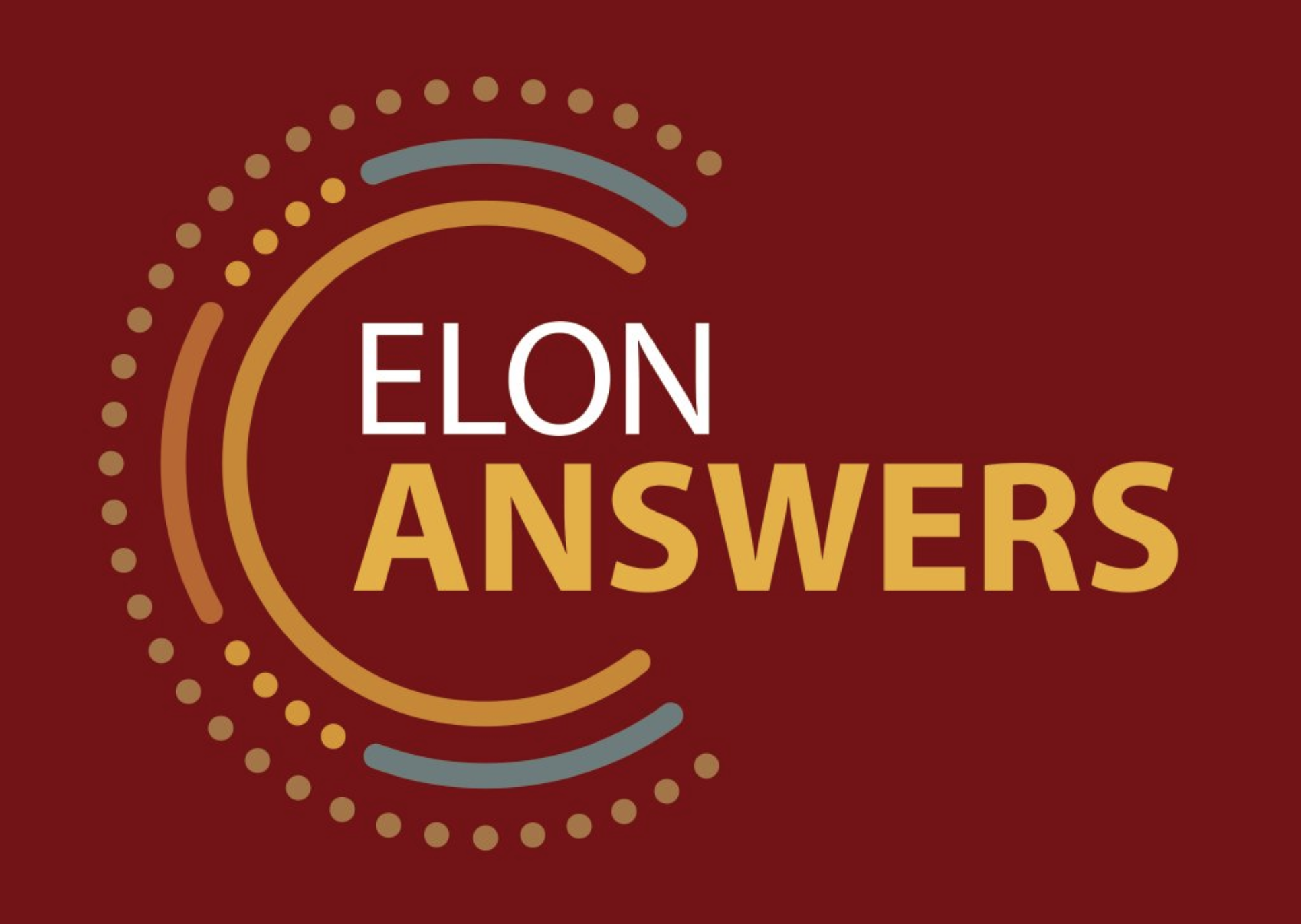This is part of a series of articles featuring responses by Elon University faculty members to questions about the novel coronavirus 2019 (COVID-19) submitted by Alamance County community members.

As I write this final article for our “Elon Answers” series about the science of COVID-19, I feel a mixture of emotions. I first feel gratitude for 13 competent colleagues at Elon University and for three community health professionals who worked with me to research, write, and edit these articles. Each article required several hours of work. No one was paid a dime for these services.
Beyond gratitude, I also feel frustration. Like everyone else around me, I want my normal life back. I dedicate this article to ongoing questions about COVID-19 for which we still need scientific answers.
When will life be completely normal again?
Once an effective vaccine is mass-produced at an affordable price, we can achieve “herd immunity,” meaning at least seven out of 10 people will be immune to the disease. At that point, social distancing can end completely.
In normal times vaccine development takes several years, but scientists and their allies are pulling out all the stops. More than 90 vaccines are in various stages of development. Some have already been tried on monkeys. We might have a viable vaccine by the end of 2021, possibly sooner. The biggest limiting factor is the need to run clinical trials on humans, which require several months of observations. Thousands of brave souls have already volunteered as guinea pigs for these trials.
How should we move forward while waiting for a vaccine?
Until we have a vaccine, we must do our best to walk a tightrope between two catastrophic cliffs. The first cliff is a public health calamity. The second is an economic calamity. Both cliffs matter.
Reopening the economy as if the virus never existed invites a public health cliff. In Alamance County, more than nine in 10 people remain susceptible to COVID-19. At the same time, hunkering down in our homes until a vaccine emerges invites an economic cliff. National trends suggest more than 10,000 citizens of Alamance County filed new unemployment claims since mid-March.
To move forward, we must frame the reopening of our economy as a trade-off, and then acknowledge public health risks. Scientists can help us to understand these risks using data and probability. For example, reopening rural areas is generally less risky than reopening urban areas, because in a typical day country folks come into physical contact with fewer people than urbanites. Reopening jobs for transporting goods is less risky than reopening jobs for transporting people. Businesses that thrive on crowds, such as sports, schools and convention centers, will face the highest risks.
How can we avoid a second outbreak of infections?
Several tasks are crucial to avoid a second peak in infections. Task No. 1 for scientists is to determine who is currently contagious with COVID-19. We must ramp up testing for COVID-19 on a massive scale, and in a smart way that prioritizes the locations with the highest risks.
Task No. 2 is to develop precise monitoring systems so that we know who has interacted recently with infected individuals and get them tested, too. Monitoring can be done effectively through detailed interviews and GPS software linked to people’s phones.
Task No. 3 is to determine who has immunity to COVID-19. Immunity is normally indicated by testing for the presence of antibodies, which are generated in the blood only after you have the disease. A recent study showed two in 10 New York City citizens have antibodies to COVID-19, but percentages are much lower in most areas.
We assume people with antibodies cannot get infected twice, but science still needs to establish this assertion beyond all reasonable doubt. If true, then previously infected individuals could be given “immunity passports.” People with these passports could live, move, and work freely, with no fear of either catching or passing on the virus.
Many obstacles and risks could impede the roll-out of widespread testing and monitoring for COVID-19. We need innovators in the public and private sector who will identify and solve whatever problems stand in the way of identifying infected individuals and precisely tracking the spread of the disease.
In sum, life will return to normal only after a COVID-19 vaccine is developed. But through widespread testing and monitoring, and reopening businesses carefully in a way that is responsive to new data, we can avoid the worst economic and public health scenarios.
Dave Gammon is a professor of biology at Elon University. Reach him at dgammon@elon.edu.



